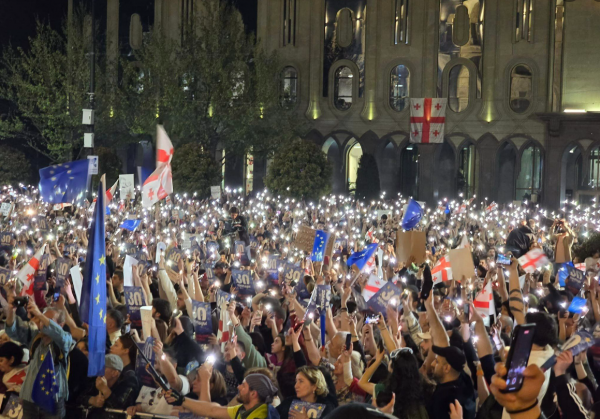- Plan in advance
- Establish pre-arranged contact points with the rest of your team (photographer, camera operator, producer, etc.) if you plan to separate
- Always carry press identification, but conceal it if it attracts unwarranted attention
- Bring a cellular phone with emergency numbers pre-set for speed dialling
- Position yourself upwind if there is a possibility that tear gas will be used
- Bring eye protection such as swimming goggles or industrial eye protection
- Carry first aid kits and know how to use them
- Wear loose, natural fabric clothing as this will not burn as readily as synthetic ones; remember there is always the possibility of gasoline bombs being exploded
- Carry a small backpack with enough food and water to last for a day in case you are unable to get out of the area
- If you are a reporter you don’t have to be in the crowd as long as you can see what’s happening
- If you are a photographer or camera operator, try to shoot from a higher vantage point. The use of flats and buildings to report is common-place, but ensure exit is possible and does not become obstructed.
- Work with the team and keep a mental map of your escape route if things turn bad
- Have an immediate newsroom debriefing after the coverage to extract lessons from the coverage
Courtesy of International News Safety Institute


